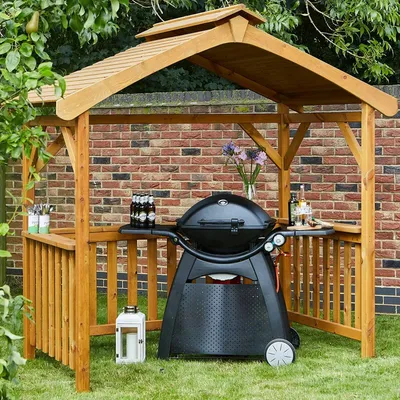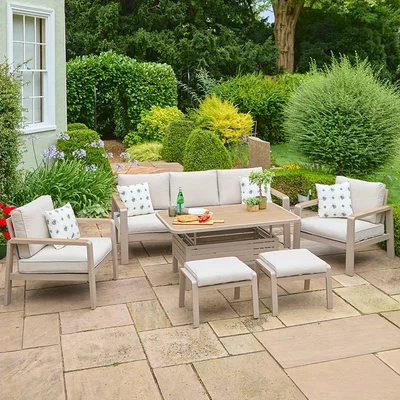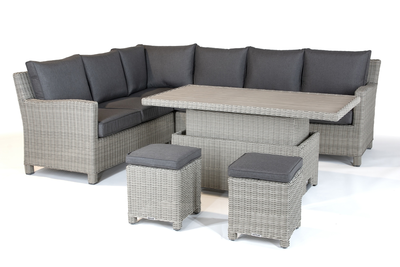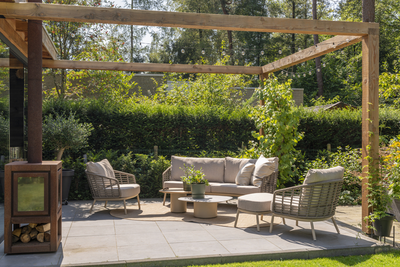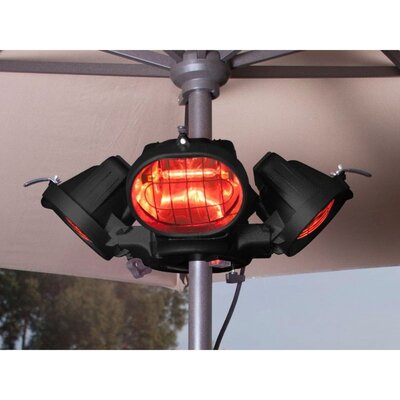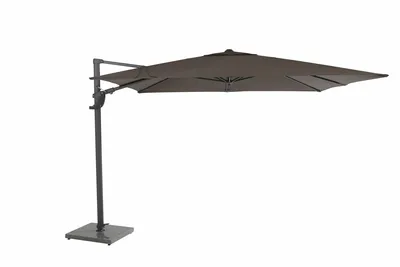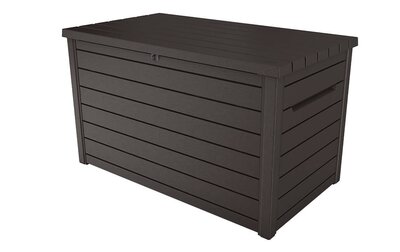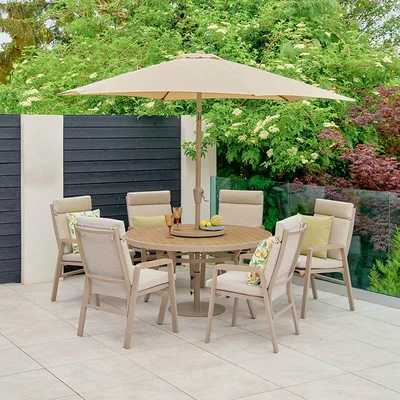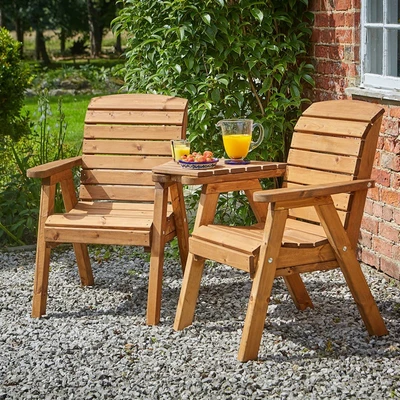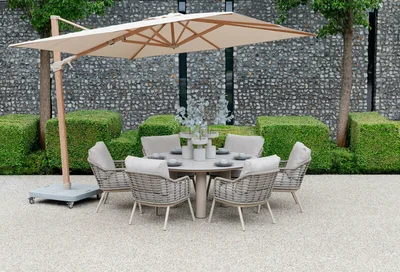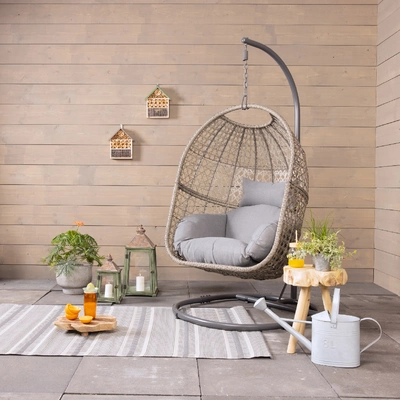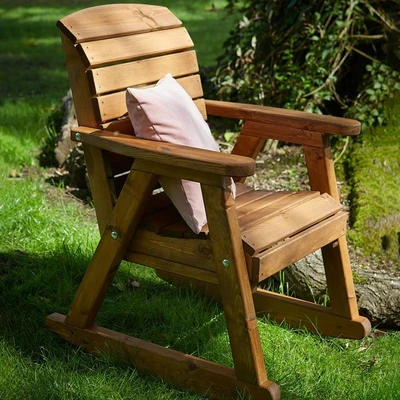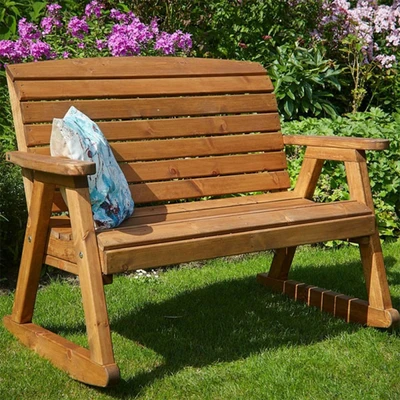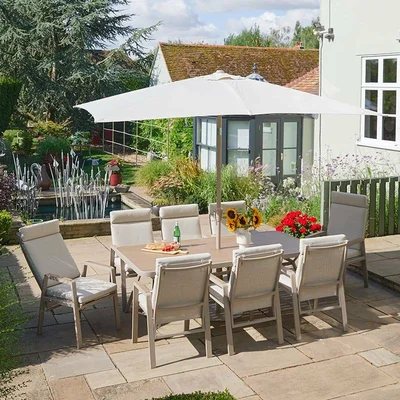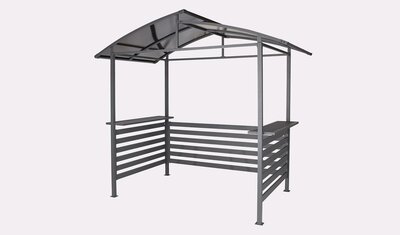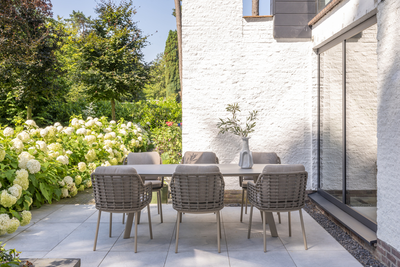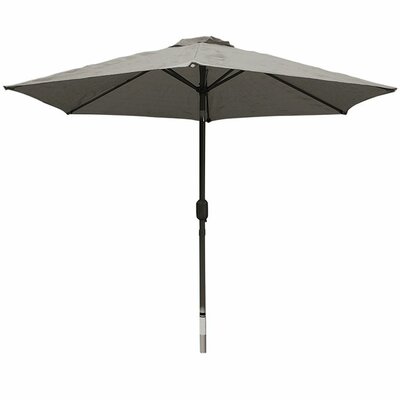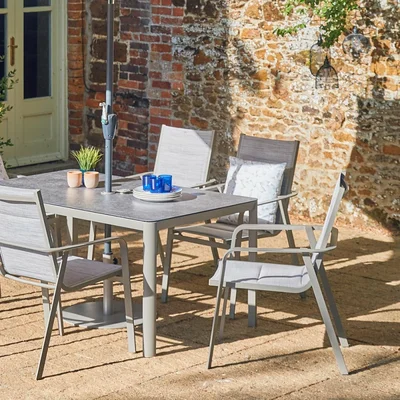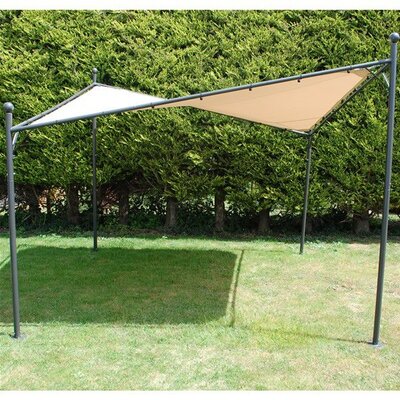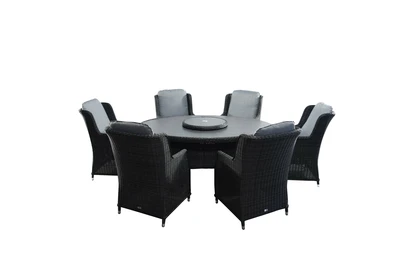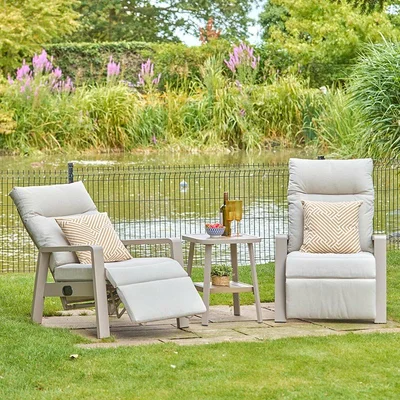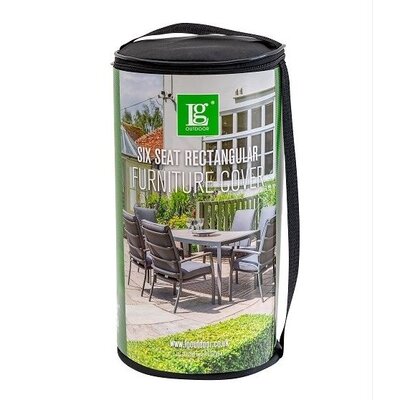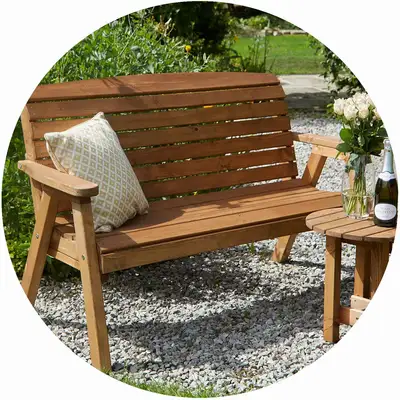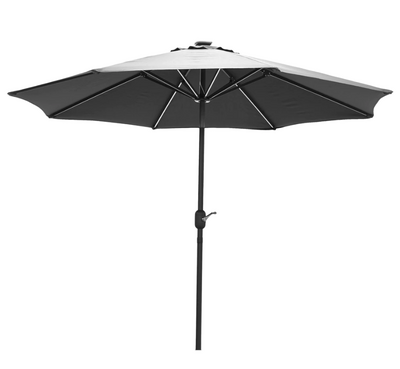Garden furniture
At Jones garden centre we have everything you need to enjoy your outdoors all year round. Not only do we have garden furniture to suit any size of garden, patio or balcony, you can find everything you need to give your outdoor area stylish and personal touch! Are you looking for high quality garden furniture? At Jones you find affordable ánd high-quality outdoor furniture. See our product range below:
Discover the Finest Garden Furniture Selection Online, Just a Click Away!
Looking for top-notch garden furniture without leaving your home? Look no further than Jones Garden Centre's online store! Our expansive virtual showroom showcases an array of exquisite garden furniture, catering to every style preference. Find everything you need for outdoor living at our convenient online platform. With just a few clicks, you can explore our extensive collection, choose your favourites, and have them delivered right to your doorstep!
Unbeatable Garden Furniture Sale at Your Fingertips
Experience the ultimate comfort and style with Jones Garden Centre's online outdoor furniture collection. While aesthetics matter, we prioritize your comfort above all. Our online store offers affordable and high-quality outdoor furniture that ensures your complete satisfaction. Browse through our vast selection, including:
- Garden chairs
- Egg Chairs
- Dining sets
- Garden benches
- Bistro sets
- Lounge sets
- And much more!
With detailed product descriptions and images, you can confidently select the perfect pieces for your outdoor space.
Outdoor Furniture Solutions and Accessories Online
In addition to our exceptional garden furniture sets and individual pieces, we provide various accessories to enhance your outdoor experience. Protect your investment with our practical garden furniture covers, ideal for colder months, rainy days, or periods of non-use. By maintaining your furniture's pristine condition, you'll enjoy it for years to come. Discover our collection of stylish cushions for outdoor chairs and sofas, ensuring both comfort and aesthetics. Easily store your pillows and cushions in our versatile storage boxes. For all your garden needs, we also offer online access to outdoor lighting, chimineas, and fire pits.
Convenient Online Shopping at Jones Garden Centre Donabate
Experience the convenience of shopping for garden furniture from the comfort of your own home. Visit our online store at Jones Garden Centre Donabate and explore our extensive range of high-quality products. With a nationwide delivery service, we ensure your purchases arrive safely at your doorstep. Take advantage of our user-friendly interface, detailed product information, and secure checkout process. Find your perfect garden furniture and accessories online at Jones Garden Centre, and transform your outdoor space with ease!


